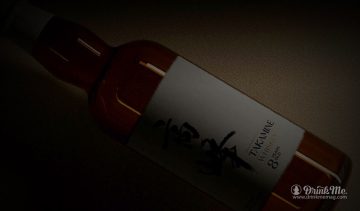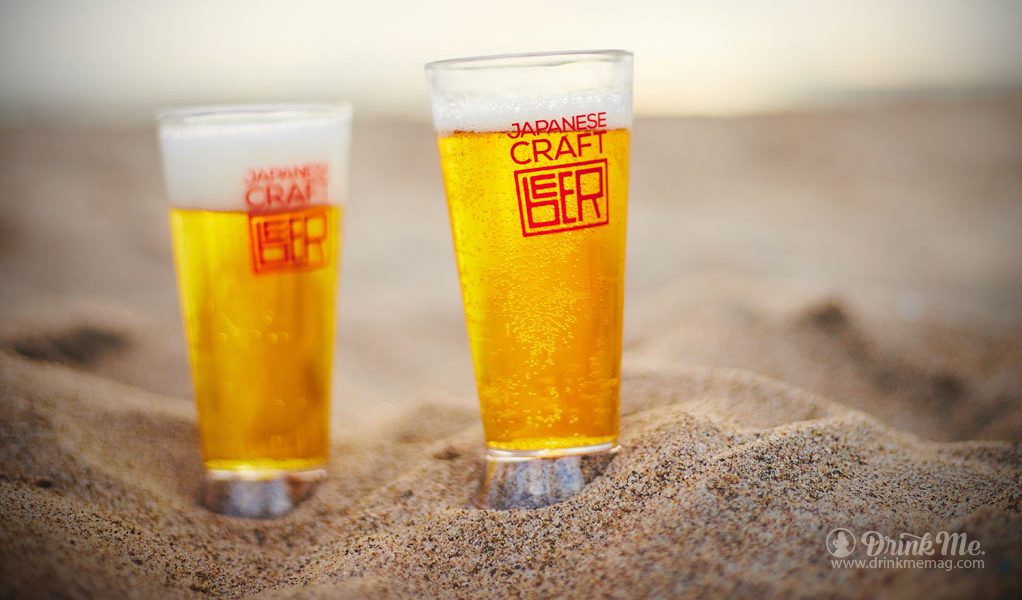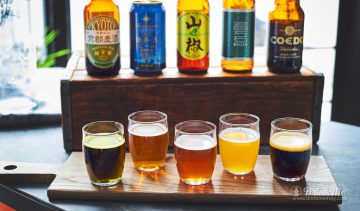Japanese craft beer are gaining traction in the U.S. This is partially due to the fact that they’re modeled on popular European styles with which Americans are already familiar. It’s also attributable to the consistency with which the Japanese brew their beer. If precision is a Japanese trait, it’s no more evident anywhere in that nation’s culture than it is right here in the craft brew category.
It seems the Japanese set out with a particular profile in mind, and while they play with the ingredients (usually sourced locally which is what makes them unique), they also stay focused on the goal. This brings restraint and a particular curation that you’ll notice when you drink more of the country’s craft beer offerings.
We’ve outlined five reasons Japanese craft beers just, well, taste better than many of their international counterparts.
- It’s traditional but it’s new.
Although Japan is steeped in beer brewing history, 1994 marked a new era — the minimum quantity of beer manufacturing for a brewery license was decreased from 2,000Kl to 60Kl. This lead to an explosion of smaller craft breweries, and today there are at least 400 small craft breweries throughout the country. This event catapulted Japanese consumers into a craft beer era which they’re still enjoying today, and which has now spilled over into the U.S. - It’s new but it’s traditional.
According to the Brewers Associate of Japan, in 1853, it is said that beer was first test-brewed in Japan by Koumin Kawamoto, a doctor of Dutch medicine, following a description in a Dutch book. But Japanese sake goes back much farther than this when you consider the first Japanese sake was recorded during the 8th century. That’s plenty of time to hone the art of brewing. Today’s craft beer breweries are often set in traditional sake facilities giving depth to the brands’ respective traditions. - The liquid is outstanding.
No matter what the product: whisky, wine or water, if the product in the bottle is not good, it doesn’t get purchased twice. Japanese craft beer, although modeled on European styles, is aiming for an even more refined and balanced version of that. Its IPAs hold back a little on the end, which this writer appreciates. Its ales are pairable, and its pilsners are among the most refreshing to be found anywhere on the globe. If you aren’t familiar with Japanese craft beer, it’s high time you changed that. - It’s “literally” unique.
Many of the craft beers are named after their towns, or ingredients found local to the towns in which they’re brewed. The use of local ingredients is celebrated, making each one unique to its own surroundings, and inimitable by any other brewery, large, small, Japanese or otherwise. - It’s consistent.
The precision Japanese brewers use while creating their craft beers is unfathomable. Although ingredients are local and therefore suggest an uncontrollable variable, the consistency of their beers is flawless. Any alterations to flavor profiles are deliberate and appear not to be at the mercy of the elements or any other natural influencers. What you get today is what you’ll get next time and the time after that, and we really like that comfort level.














